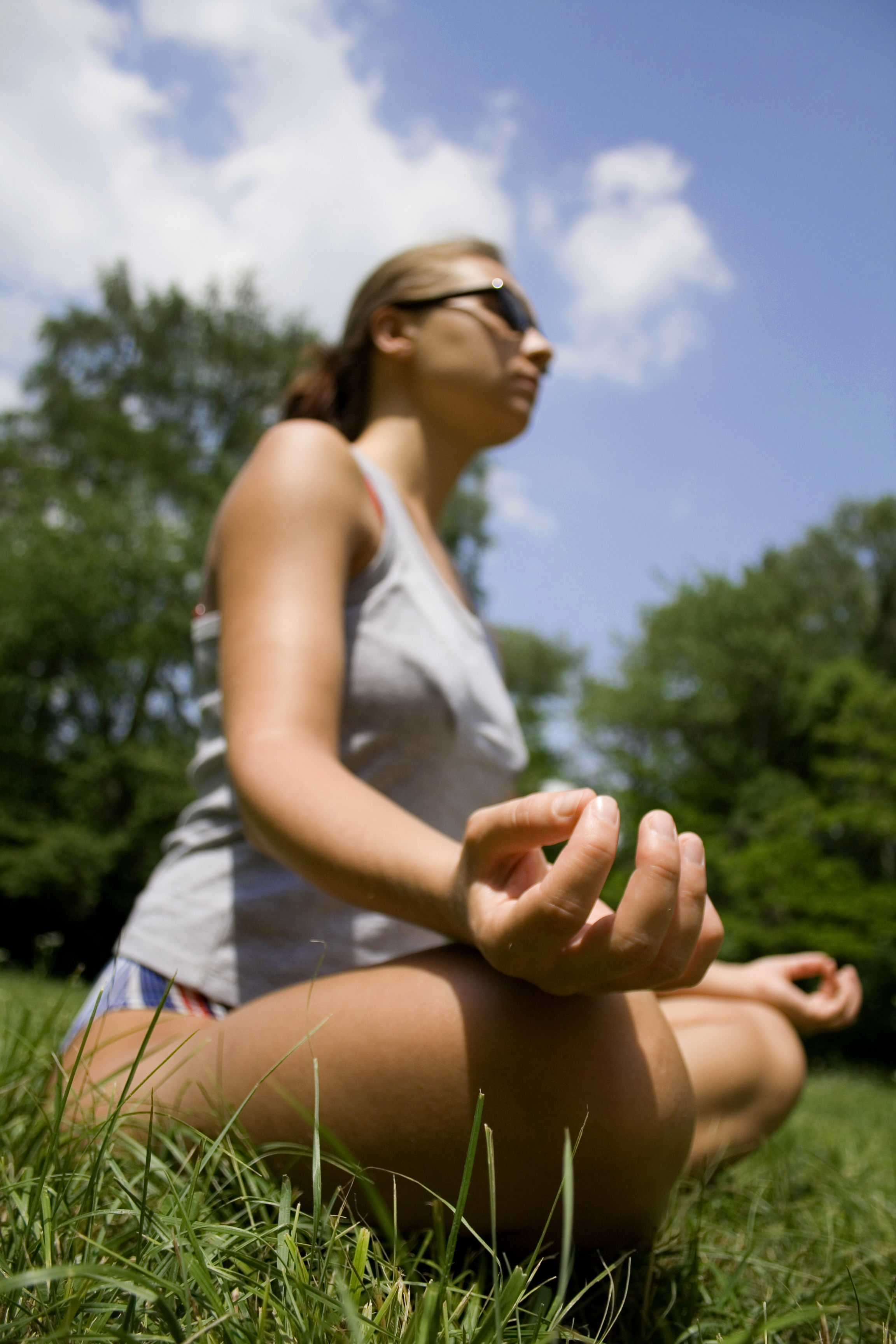For many of us, our morning begins with a trip to the kitchen counter to turn on the coffee maker. Maybe you have it preset to five minutes before your alarm, the smell of freshly brewed beans stimulating your senses as you crawl out of bed. Or maybe you crave the triple-quadruple whatever at the Starbucks drive-through. Perhaps you use other caffeinated products for energy: green tea, yerba mate or chocolate. But how often do you use your breath to invigorate your senses?
Sound far-fetched? Because breathing is an autonomic function, we often forget that we’re even doing it. Yet consciously manipulating our breathing, as we do in yoga, can have a tremendous effect on our lives.

Breathing can have both a calming and galvanising effect on our nervous systems. There’s a reason why yoga is sold as an anxiety-reducing exercise technique: the deep ujjiya (victorious) breath we use during class relaxes our entire body.
Today, however, we’re discussing the energising effects of breathing. What follows are a few techniques that help you gain more energy, with no crash or need to keep going back to refill your cup. I’m not saying this will replace your love of caffeine; I enjoy espresso immensely on occasion. But these exercises will help you gain clarity of mind and focus on whatever you’re doing, with plenty of natural energy to boot.
Energy Exercise No. 1: Kapalabhati (Skull Shining Breath)
There’s nothing like a few rounds of kapalbhati breathing to get your energy flowing. This powerful technique is certain to heat up your body and get you prepared to face the day.
How to do it: Sit comfortably on the ground or in a chair and lightly place both hands over your belly. Take a deep inhale and long exhale, followed by a half inhalation. Begin forcefully pumping your exhale through your nose; the inhalation will come back automatically, so you only need to focus on the exhalation.
Continue pumping for 30 seconds or, if you do not get lightheaded, one full minute. I generally take one pump per second, resulting in 60 pumps per minute. (Some people can do two to three pumps per second, but that’s a little fast for my taste.) Relax your shoulders; it’s easy to tense up around that area, which will be counterproductive in achieving the best possible rhythm. Do three rounds of equal numbers and you’re ready to spring into your day.
Please note that since this is a diaphragmatic breath, you should not practise it if you are pregnant, as you do not want to purposefully place that type of pressure on your abdomen.
Energy Exercise No. 2: Agni-Prasana (Breath of Fire)
This exercise is somewhat similar to kapalabhati, and sometimes teachers confuse the two techniques. Otherwise known as the “dog-sniffing breath,” the main difference is that you don’t exhale as as strongly, and you are consciously inhaling this time.
How to do it: Seated comfortably or even standing, begin breathing at a much quicker rhythm through your nose with short, sharp inhales and exhales. You will literally hear the “dog-sniffing” as you perform this breath. It’s very easy to get dizzy if you are new to this, so it’s important to remember that this is not a speed contest.
You don’t have to be too rigorous with this breath. It’s important to take a few long, deep breaths before and after this technique so you don’t overexcite your nervous system. Three rounds of one minute each is great, though it might be best to start with shorter intervals if this is your first time.
Energy Exercise No. 3: Bellows Breathing (Stimulating Breath)
Bellows breathing is considered very therapeutic for dealing with grief, due to the intense emotional reaction some people have when practising it. It is similar to Agni-Prasana. You breathe in and out rapidly, but you also try to breathe deeply at the same time. The sound is similar to that of someone hyperventilating. You do want to be extremely careful, as you can cause yourself to actually hyperventilate if you push too hard.
How to do it:
- Sit in a comfortable up-right position with your spine straight.
- With your mouth gently closed, breath in and out of your nose as fast as possible. To give an idea of how this is done, think of someone using a bicycle pump (a bellows) to quickly pump up a tire. The upstroke is inspiration and the downstroke is exhalation and both are equal in length.
- The rate of breathing is rapid with as many as 2-3 cycles of inspiration/expiration per second.
- While doing the exercise, you should feel effort at the base of the neck, chest and abdomen. The muscles in these areas will increase in strength the more this technique is practiced. This is truly an exercise.
- Do this for no longer than 15 seconds when first starting. With practice, slowly increase the length of the exercise by 5 seconds each time. Do it as long as you are comfortably able, not exceeding one full minute.
- There is a risk for hyperventilation that can result in loss of consciousness if this exercise is done too much in the beginning. For this reason, it should be practiced in a safe place such as a bed or chair.
(By Derek Beres for Completely You, April 2012) – Edited by Salvagente
_______________________________________________________________________
Do these work for you?
_______________________________________________________________________







Leave a Reply